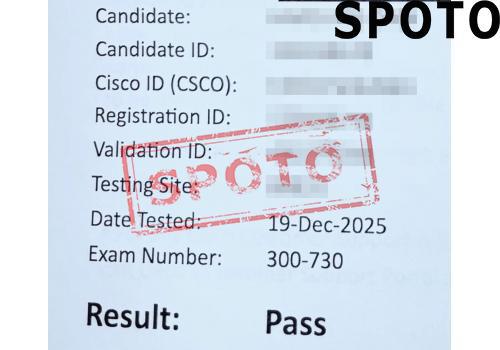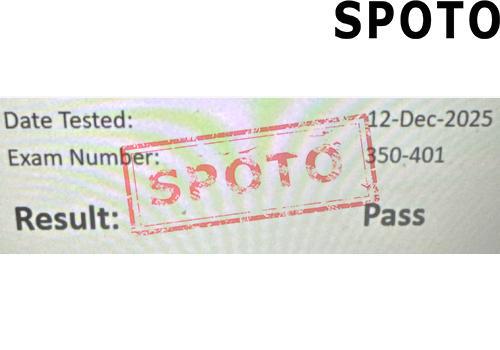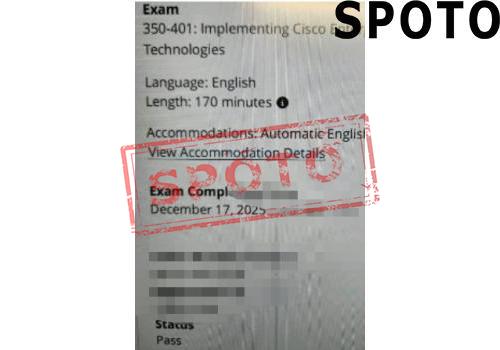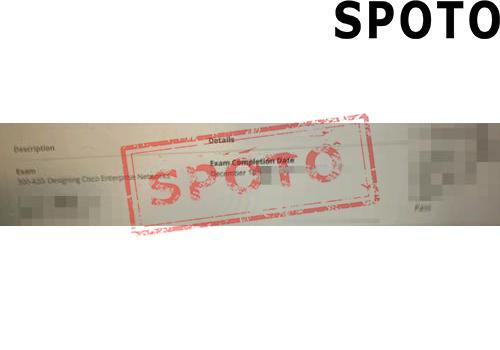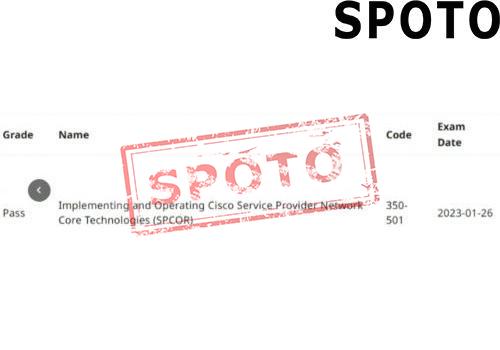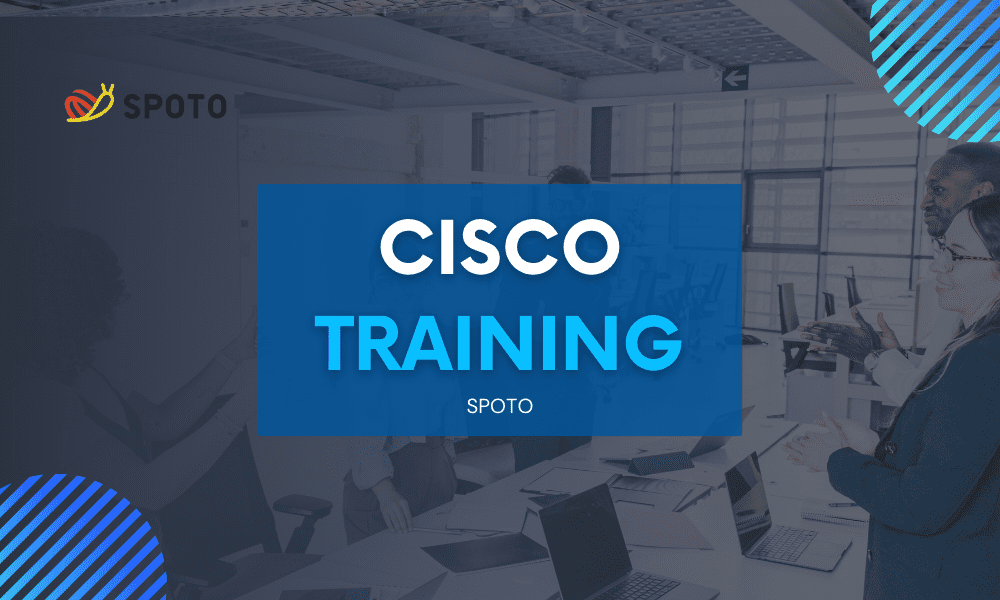
Table of Contents
- Troubleshooting Procedure
- Introduction to Troubleshooting
- The Importance of an Enterprise Troubleshooting Framework:
- The Role of Cisco Training:
- Components of an Efficient Enterprise Troubleshooting Framework:
- Advantages of Cisco Training for Enterprise Troubleshooting:
- The Cisco Training Experience:
- Developing a Highly Efficient Enterprise Troubleshooting Framework: Case Studies:
- Conclusion:
The Troubleshooting Cisco Contact Centre Enterprise (CCET) v1.0 certification aims to improve specialist-level abilities for troubleshooting Cisco Unified Contact Centre Enterprise systems. Concepts including the capacity to recognize and resolve issues with Cisco Unified Customer Voice Portal (CVP), Cisco Unified Intelligent Contact Management (ICM), and system software components are included in this certification. To ensure thorough problem-solving abilities in the unified contact center enterprise environment, industries employ the CCET certification to validate a person's technical proficiency in crucial activities.
Troubleshooting Procedure
Finding the root of a computer system error and fixing the corresponding hardware and software problems are done systematically through troubleshooting. The key to a good resolution of an issue is to approach it logically and methodically. Using a troubleshooting model can increase efficacy and speed, but expertise is still a huge asset when fixing problems.
Introduction to Troubleshooting
When troubleshooting computer and other component issues, an organized and logical approach is necessary. During preventative maintenance, problems can occasionally occur. Clients could get in touch with you with problems. Eliminating variables and methodically locating causes of issues are possible when troubleshooting logically. You may better comprehend the issue and provide a suggested remedy by using the appropriate testing procedures, hardware, and data analysis.
You can get better at troubleshooting with practice. By acquiring additional experience, you improve your problem-solving abilities when you solve a challenge. You learn when and how to combine actions to solve problems more rapidly. The troubleshooting procedure is a template that may be customized to meet your needs.
Always take the required safeguards to preserve computer data before starting the troubleshooting process. Some fixes, like changing a hard drive or installing an operating system can jeopardize the computer's data. While conducting repairs, be careful to take every precaution to prevent data loss. You or your business might get held accountable if the client loses data as a consequence of your operation.
The Importance of an Enterprise Troubleshooting Framework:
An enterprise troubleshooting framework serves as a structured approach to identifying and resolving issues within an organization's IT infrastructure. It provides a roadmap for IT professionals to systematically isolate the root cause of problems, leading to faster resolution times and reduced downtime. An effective framework is particularly crucial in today's interconnected business landscape, where even minor disruptions can have significant impacts on operations and customer experiences.
The Role of Cisco Training:
Cisco's training programs go beyond technical knowledge; they equip professionals with the skills to tackle real-world challenges effectively. Cisco training is designed to empower individuals with a deep understanding of Cisco technologies, networking protocols, and troubleshooting methodologies. This knowledge forms the foundation for developing a systematic and efficient enterprise troubleshooting framework.
Components of an Efficient Enterprise Troubleshooting Framework:
- Diagnostic Skills:
- Methodical Approach:
- Network Visibility:
- Problem Isolation:
- Collaboration:
- Documentation:
Effective troubleshooting begins with an accurate diagnosis. Cisco training hones professionals' diagnostic skills, enabling them to analyze symptoms, identify patterns, and narrow down potential causes.
A systematic approach is crucial to avoid overlooking critical details. Cisco training emphasizes the importance of following a step-by-step process when troubleshooting, ensuring that no aspect is left unexamined.
Cisco solutions offer extensive network visibility tools. Training teaches professionals how to leverage these tools to monitor network traffic, identify anomalies, and pinpoint issues.
Cisco training emphasizes isolating problems to specific components, whether they are hardware, software, or configuration-related. It reduces troubleshooting time and ensures precise solutions.
Complex issues often require collaboration between different IT teams. Cisco training equips professionals with adequate communication skills to collaborate seamlessly, even in high-pressure situations.
A comprehensive record of troubleshooting steps, observations, and solutions is invaluable for future reference. Cisco training stresses the importance of accurate documentation for continuous improvement.
Advantages of Cisco Training for Enterprise Troubleshooting:
- Efficiency:
- Precision:
- Cost Savings:
- Enhanced Customer Experience:
- Adaptability:
Cisco training ensures professionals can quickly identify and resolve issues, minimizing downtime and improving overall operational efficiency.
Training equips professionals with the skills to pinpoint the exact source of problems, reducing guesswork and preventing unnecessary disruptions.
Swift issue resolution translates to cost savings. Cisco training helps organizations minimize revenue losses caused by downtime.
Efficient issue resolution leads to improved customer experiences. Organizations can deliver consistent services without prolonged interruptions.
Cisco training prepares professionals to tackle a wide range of issues. They get equipped to handle both routine problems and unexpected challenges.
The Cisco Training Experience:
- Foundational Courses:
- Advanced Specializations:
- Hands-On Labs:
- Certification Paths:
Beginners can start with foundational networking courses, learning the basics of networking protocols, hardware, and software.
Cisco offers specialized courses focusing on various networking aspects, such as routing and switching, security, collaboration, and more. Professionals can choose the specialization that aligns with their roles and goals.
Many Cisco training programs include hands-on labs that simulate real-world scenarios. These labs allow professionals to practice their troubleshooting skills in controlled environments.
Cisco offers certifications that validate professionals' expertise in specific areas. Certification training provides a structured path toward achieving these credentials.
Developing a Highly Efficient Enterprise Troubleshooting Framework: Case Studies:
- Retail Enterprise:
- Financial Institution:
A retail enterprise faced recurring network connectivity issues affecting point-of-sale terminals. With Cisco-certified professionals leading the troubleshooting efforts, they identified a misconfigured router as the root cause and resolved it promptly, preventing disruptions during peak shopping hours.
A financial institution experienced intermittent application downtime. Cisco-trained IT professionals meticulously traced the issue to a load balancer misconfiguration, ensuring seamless online banking services for customers.
Conclusion:
In the modern business landscape, where downtime can translate to revenue loss and a tarnished reputation, having a highly efficient enterprise troubleshooting framework is not just advantageous—it is a necessity. Cisco training equips professionals with the skills, knowledge, and confidence to tackle challenges head-on, ensuring swift problem resolution and minimal disruptions.
Developing such a framework is a strategic investment in an enterprise's success. It streamlines operations, enhances customer satisfaction, and empowers IT teams to navigate even the most complex issues. As businesses continue to rely on technology for their day-to-day operations, Cisco training emerges as a beacon, guiding IT professionals toward creating and maintaining an enterprise troubleshooting framework that is efficient, effective, and responsive to the ever-changing demands of the digital age.

